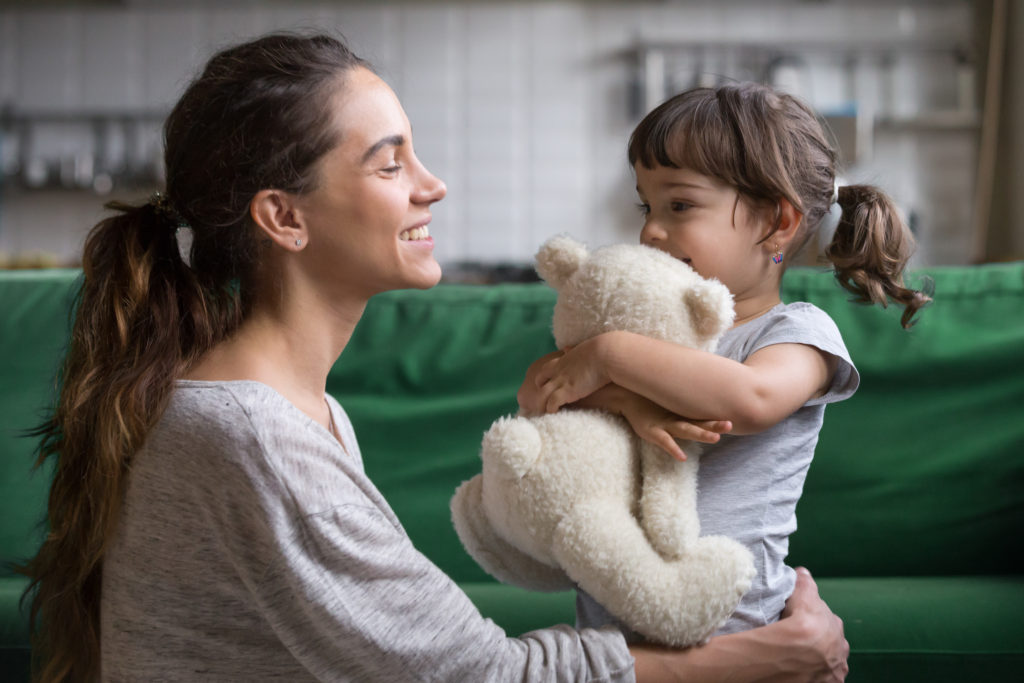
In the state of New York, child custody laws exist to protect the best interests of the children and the parents’ legal rights. Because unmarried parents have the same automatic rights as married parents, they can apply for custody, visitation, and child support. Though many people assume mothers have greater child custody rights than fathers, there is no custody laws in the U.S. that give mothers a preference or additional rights to custody of their children.
Courts will typically decide custody arrangements on the basis of the child’s best interests. This is often determined by examining each parent’s personal conduct and involvement in the child’s life. Parents who expose their child to an unsafe or unsavory environment, or parent who are not consistently involved in the child’s life will view unfavorably by the court. This is why it’s important for the mothers to be involved in the child’s life as soon as possible should a custody battle arise.
Custody and Visitation
With custody and visitation, the court tries to avoid disrupting the child’s life and routine while attempting to maintain equal rights of each parent to spend time with their child and make decisions regarding their child’s life. Some of these decisions can include education and health care. The court takes many factors into account, including each parent’s mental health and physical wellbeing, ability to care for the child, any history of domestic violence, the parents’ work schedules, and the child’s wishes, depending on the child’s age. However, because shared and joint custody is popular, mothers should remember to remain flexible and realistic when crafting a legal strategy with their attorney. Ultimately in a divorce the mother’s rights come second to the child’s rights.
In the state of New York, there are two types of child custody: legal custody and physical custody. A parent with legal custody has the right and responsibility to make major decisions regarding the child’s welfare, such as education and health care. Often times, parents share legal custody and try to reach these decisions together, though one of the parents may make the final decision. Physical custody means the child lives with a parent. Parents may also share physical custody, which means the child may alternate living with parents a week or weekend at a time.
When a parent has one type of custody, it’s called sole custody. For example, one parent may have sole legal custody in which they make all of the important decisions regarding the child’s schooling. Joint custody, however, is when parents share a type of custody.
Child Support
Under New York State law, both parents are responsible for meeting their child’s financial needs until the child reaches the age of 21. Child support can be ordered by filing a support petition if the parties cannot reach an agreement on child support. To award child support, New York uses the income shares model, which is based on the idea that children should receive the same proportion of parental income they would receive if their parents were still married. The incomes of both parents are considered for the income shares model and the percentages are equal regardless of the level of income. These percentages are as follows:
- 17% of the combined parental income for one child
- 25% of the combined parental income for two children
- 29% of the combined parental income for three children
- 31% of the combined parental income for four children
- No less than 35% of the combined parental income for five children
Our team at Rieger, LLP are highly skilled and passionate divorce attorneys in garden city ny, and we have been serving families in Long Island and the surrounding communities for several years. If you are experiencing difficulties in child custody negotiations with your spouse, contact one of our experienced family attorneys today.